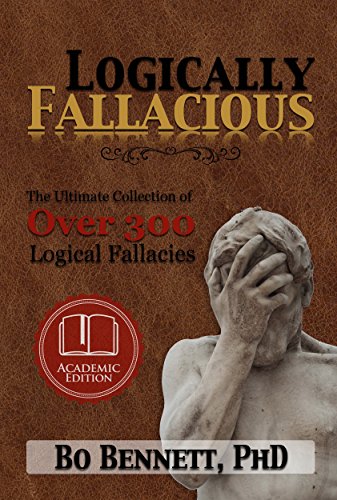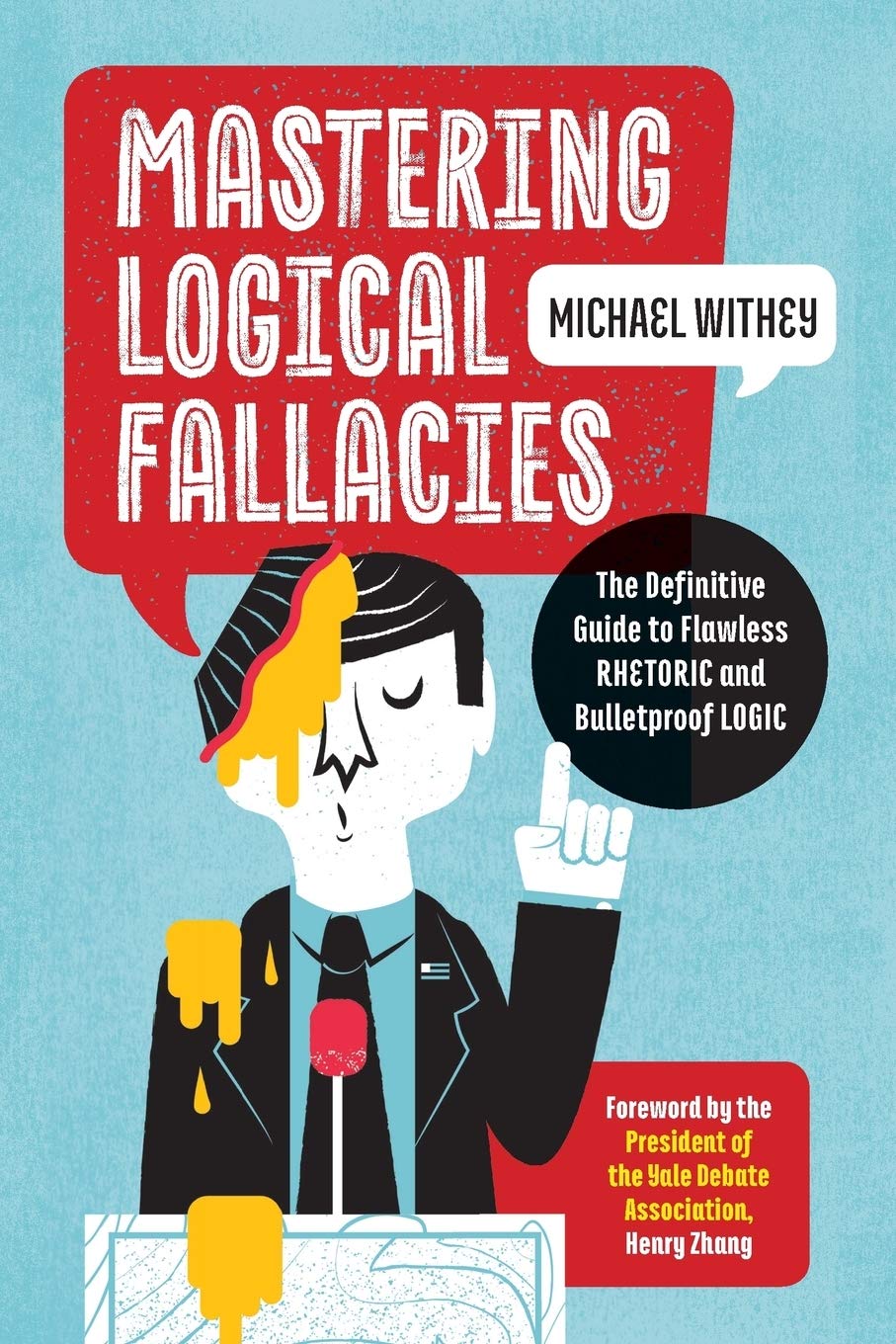
Proving Too Much
The fallacy of proving too much refers to an argument that reaches a conclusions which contradicts things that are known to be true, or contradicts the premises in that argument.
Example of Proving Too Much
- One might argue that "all slavery is evil because there are cases where a slave was beaten to death."
This is proving too much, because the same logic would reason that since some cases of domestic violence exist, that all marriage is evil. - Fire is a bad thing because there are many fires which burn down property and cost lives.
Fire when used properly and with necessary care is a great tool for humanity.

Books About Logical Fallacies
A few books to help you get a real handle on logical fallacies.





Proving Too MuchExtended Explanation
The Proving Too Much fallacy is a logical fallacy that occurs when someone uses a single argument to prove multiple, unrelated conclusions. This type of fallacy is also known as the overgeneralization fallacy, as it involves taking a single example and drawing sweeping conclusions from it that are not supported by the evidence. In essence, the Proving Too Much fallacy is an instance of overreaching, or making an exaggerated claim that goes beyond the evidence that is available.
The Proving Too Much fallacy is often employed in arguments where one party will attempt to use a single example to prove a far-reaching conclusion. For instance, if someone were to claim that all dogs are bad after encountering one aggressive dog, they would be guilty of committing this fallacy. This is because the single example of an aggressive dog does not necessarily mean that all dogs are bad; it simply means that this particular dog is bad, and it is not a good indication of the behavior of all dogs.
The Proving Too Much fallacy can also be committed when someone uses a single source of evidence to support multiple, unrelated conclusions. For instance, if someone were to cite a single study to back up two different claims, they would be guilty of this fallacy. While the study may be valid, the fact that it only provides evidence for one claim means that it cannot be used to support a second claim. In this case, the person would be guilty of overstating the evidence and committing the Proving Too Much fallacy.
The Proving Too Much fallacy is an important logical fallacy to be aware of, as it can lead to false conclusions being drawn from evidence. It is important to remember that a single example or piece of evidence cannot be used to make broad, sweeping conclusions. Instead, it is important to look at the evidence in its entirety and draw conclusions that are supported by the totality of the evidence. By doing this, it is possible to avoid making mistakes that could lead to false conclusions.